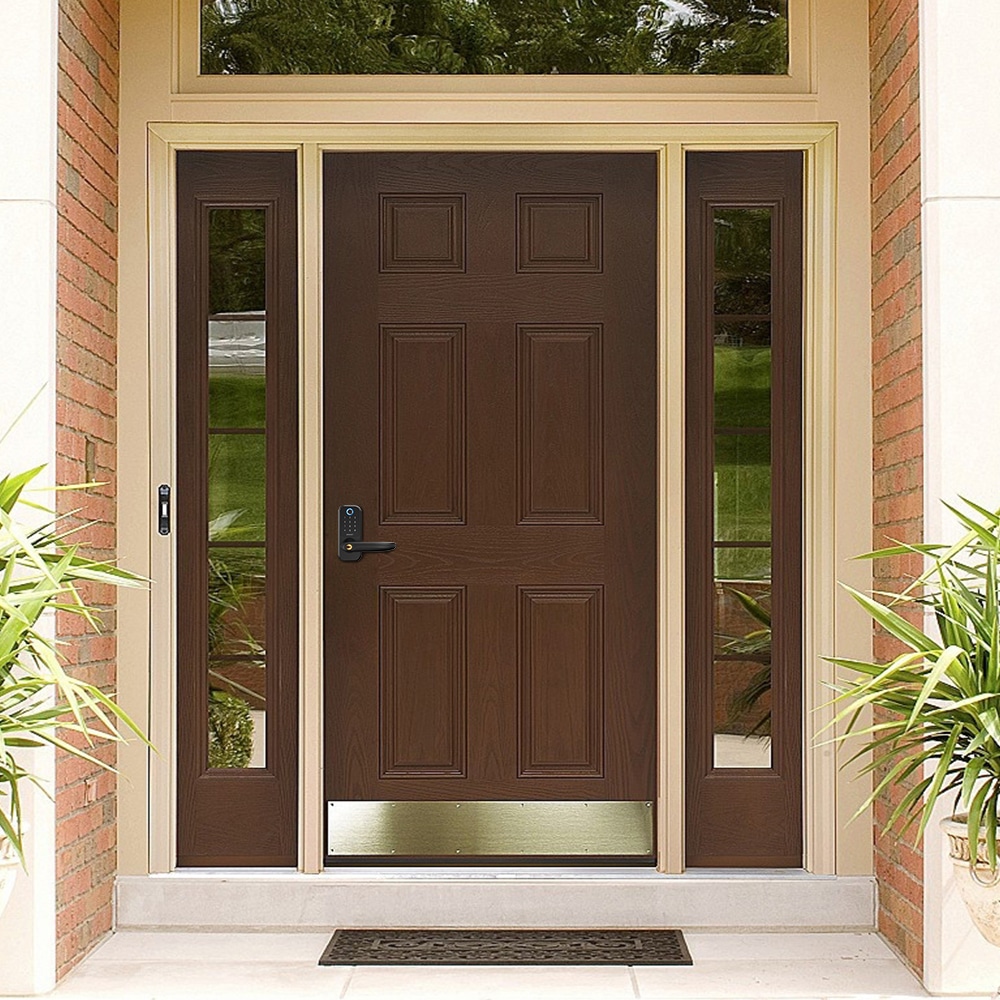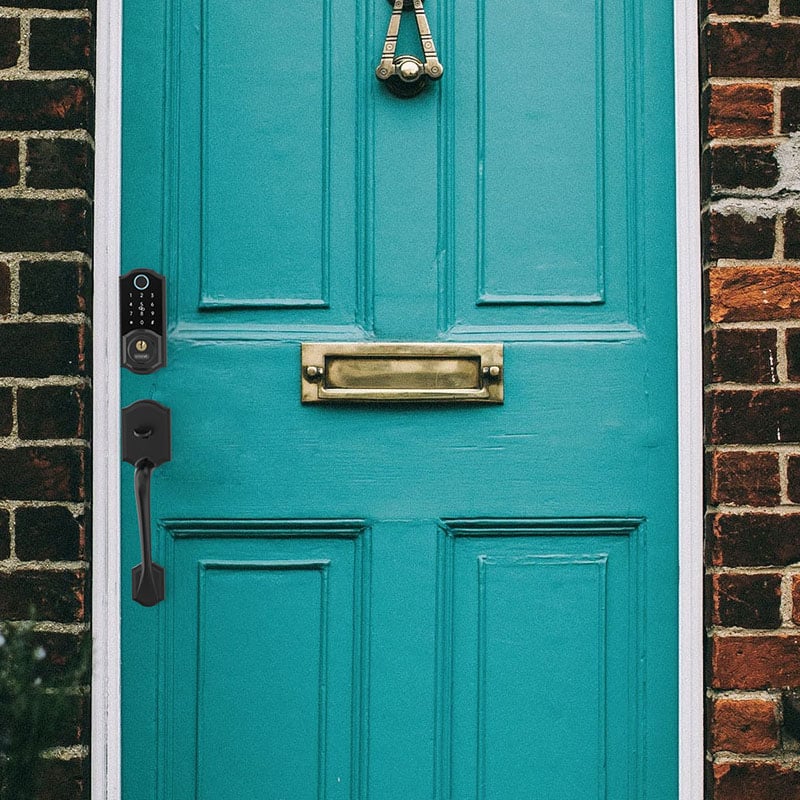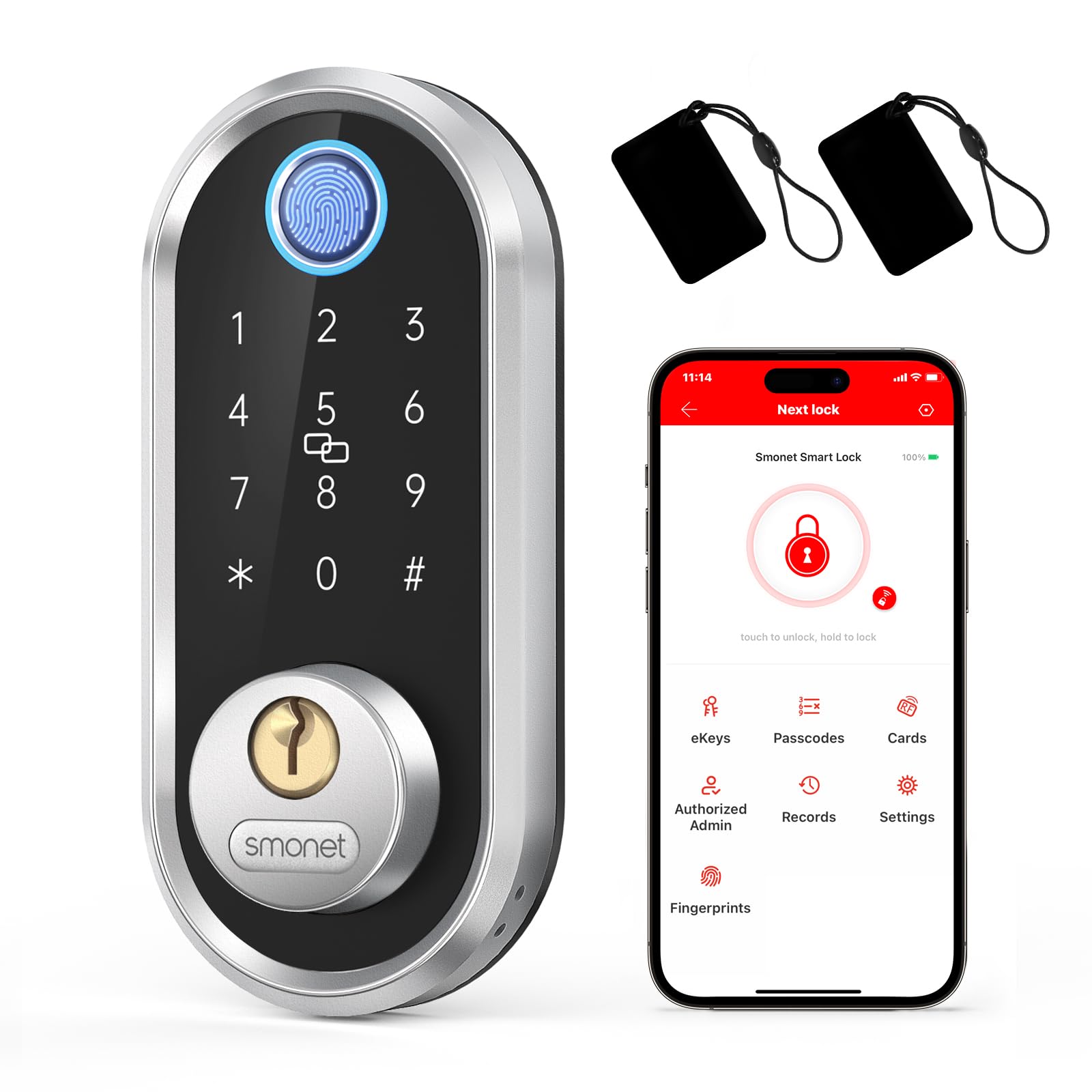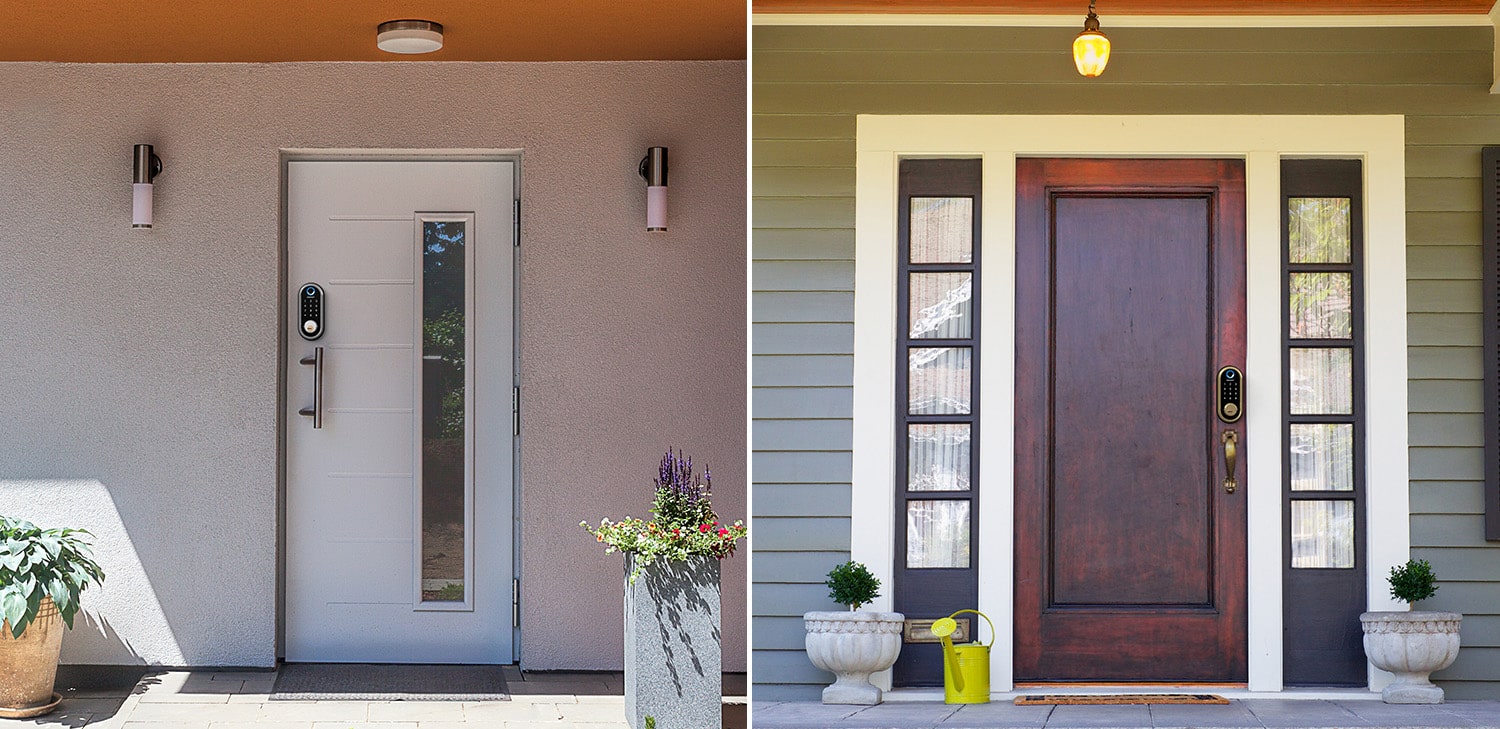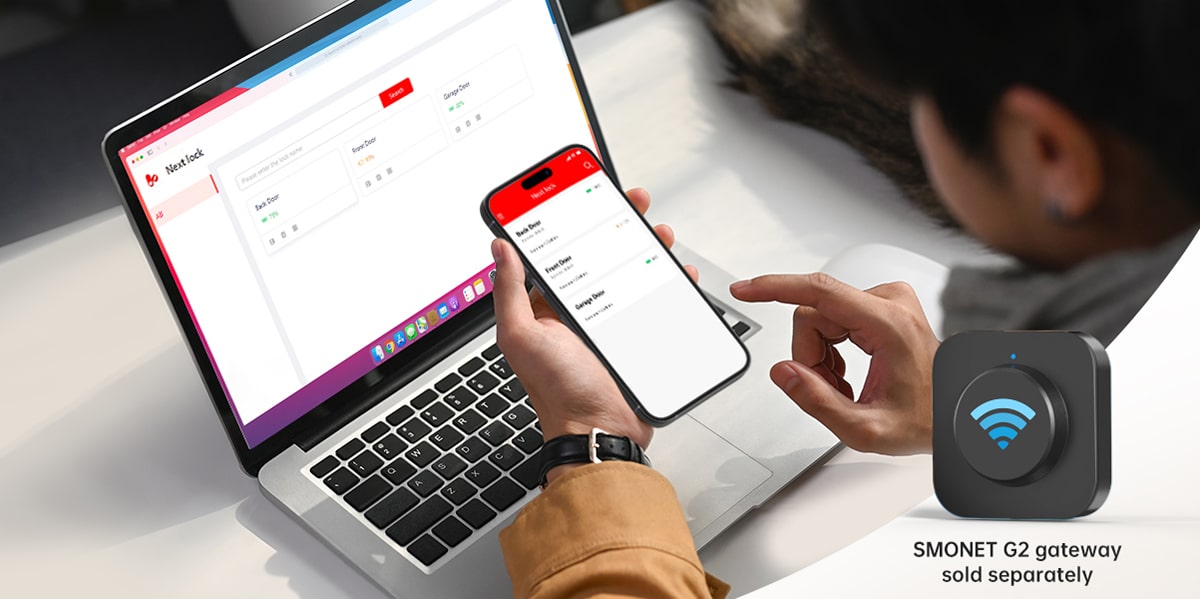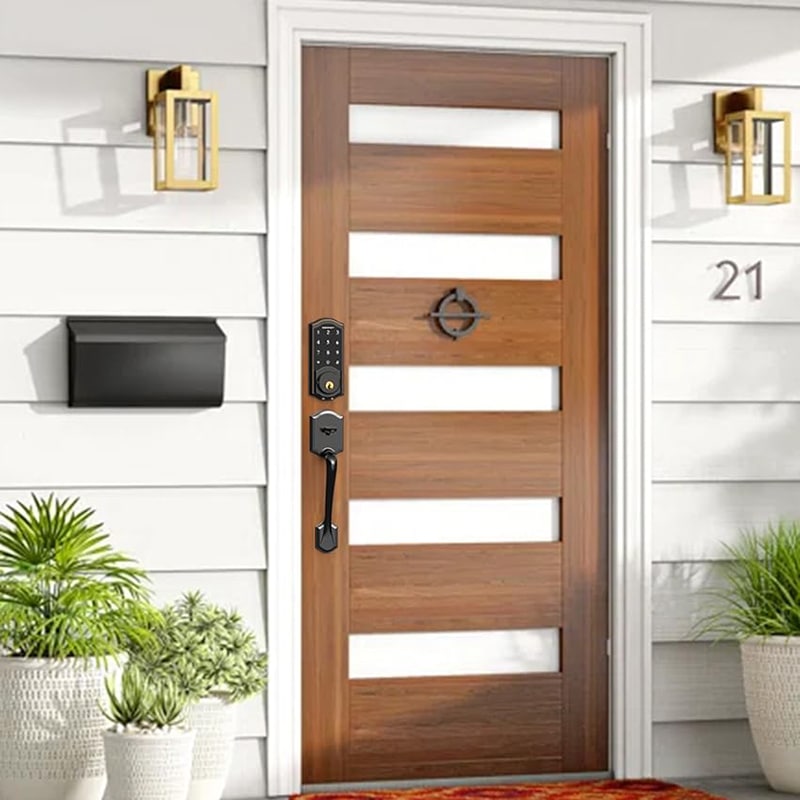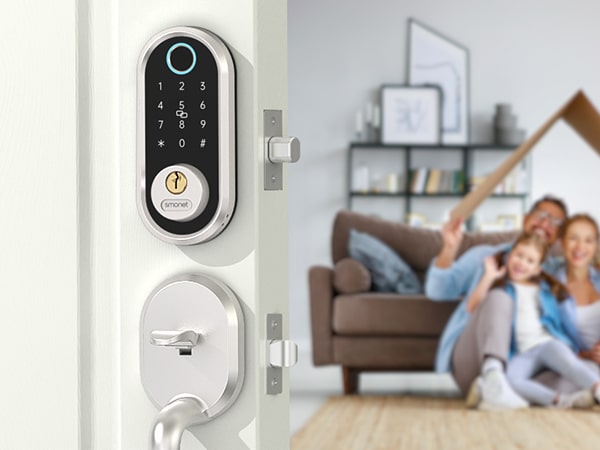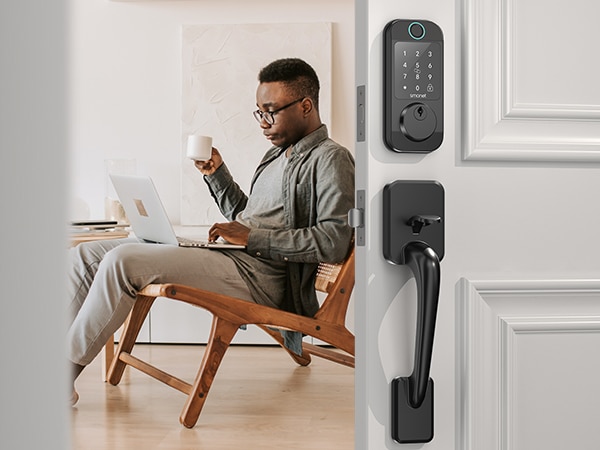Unlocking Safely Ensuring Secure Local Storage In Fingerprint Lock Systems
Fingerprint digital lock systems have revolutionized the security landscape by banishing the need for tangible keys and hard-to-remember passwords. However, intelligent cylndrical locks that utilize biometric data introduce a new set of concerns, particularly about the way fingerprint data is stored and secured. In this article, we’ll explore how these systems ensure the security of the data stored locally on the device.
Protecting Fingerprint Data at Home
There’s an inherent risk in any situation where personal data is stored, but fingerprint bedroom door systems are designed with several mechanisms to protect the biometric data they store. Primarily, the data is stored locally to minimize vulnerabilities associated with network access and remote hacks.
How Fingerprint Digital Lock Systems Secure Local Data
Data Encryption:
Even though the fingerprint data is stored locally, it still is subjected to encryption. The information is converted into complex codes that can only be decoded with specific decryption keys. This ensures that even if the data is accessed improperly, it will be virtually unusable.
Restricted Access:
Access to the stored data on the lock system is highly restricted. Specific administrative rights are required for accessing the stored information. This ensures that only the authorized individual can access the sensitive data.
Physical Protection:
The storage hardware is usually encased within the lock system, keeping it inaccessible to bypassers and potential tampering.
Tamper Detection:
Some fingerprint front door entry systems also come with tamper detection features. If an attempt to physically access the local storage is detected, the system can activate protective countermeasures. This could include deleting all stored data or triggering an alarm.
The Role of User in Ensuring Local Data Security
In addition to the security precautions in the design of the lock itself, users also play a critical role:
Secure Installation:
The lock system should be installed securely to ensure physical access to the storage hardware is minimized.
Manage Administrative Access:
Administrative access rights should be managed rigorously. Grant access only to the trusted individuals and review the access rights regularly.
Regular Device Maintenance:
Regular software updates and system maintenance can help detect and resolve potential security vulnerabilities.
In conclusion, the security of local data in a fingerprint lever lock system is achieved through a holistic approach that involves data encryption, restricted access, physical protection, and user involvement. A combination of these strategies ensures that the user’s biometric data remains confidential and safe, providing peace of mind along with state-of-the-art access security.
Prime Day OFF
Until the End
-
Master Of Cleanliness: Visual Guide To Recognizing And Understanding Your Electric Pool Cleaners
-
Making the Right Choice for A Best Keypad Door Lock: A Guide Based on Material Consideration
-
The 7 Most Common Types of Locks for Home and Office Security
-
Door Knob With Fingerprint Identification- The Future Of Home Security
-
Selecting the Ideal Digital Door Lock Style and Color for Your Abode
-
Evolution Of Security- Smart Door Key Lock
-
Mailbox Digital Lock- Reinventing Mail Security In The Digital Age
-
Exploring Alternative Unlocking Solutions - Smart Lock Fingerprint Cards and Wristbands
-
Touch Id Door Locks- Next-Generation Security At Your Fingertips
-
Smonet Home Door Lock- The Future Of Home Security

